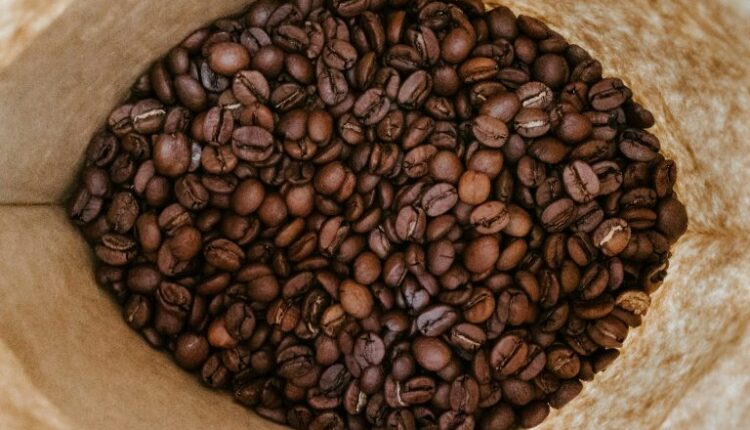Liberica's Three Distinct Species Could Offer More Climate-Resilient Alternatives To Arabica And Robusta Coffee – CoffeeTalk
A new genetic study published in Nature Plants has found that the coffee species liberica (Coffea liberica) is actually three distinct species with unique genetic, morphological, and climate adaptations. This could offer more climate-resilient alternatives to arabica and robusta coffee. Liberica is produced by some farmers in countries like Uganda, South Sudan, India, Vietnam, Malaysia, the Philippines, Indonesia, and the Pacific, but accounts for less than 1% of total coffee production.
The study authors explain that the taxonomic delimitation and identification of C. liberica continue to confound researchers and coffee value-chain stakeholders due to inconsistent and confusing use of scientific and vernacular names in published research, agriculture, and the media. The current consensus is that C. liberica is a single species, divided into two botanical varieties: var. liberica and var. dewevrei.
The three species exhibit a range of climate tolerances, with C. dewevrei being more drought-tolerant and adapted to lower rainfall than C. liberica, and possibly being better adapted to higher precipitation seasonality and longer dry seasons at low elevations. Both species are likely to include populations with adaptations to regional climate differences, other abiotic factors, and various biotic interactions.
Liberica and excelsa hold substantial potential for developing coffee farming in areas unsuitable for arabica or robusta, particularly those at low elevations in hotter and wetter climates. More research is needed on C. klainei, which may offer additional opportunities as an alternative to arabica and robusta. Field trials are also needed to confirm climate adaptation traits in C. dewevrei and C. liberica.
Read More @ Phys.org
Source: Coffee Talk



